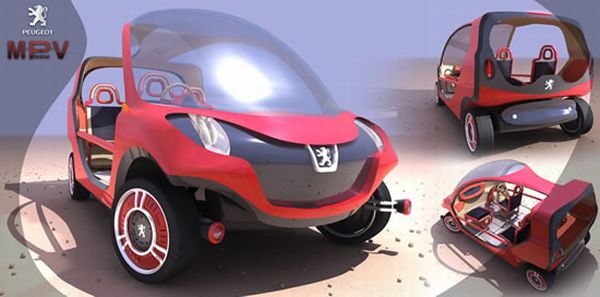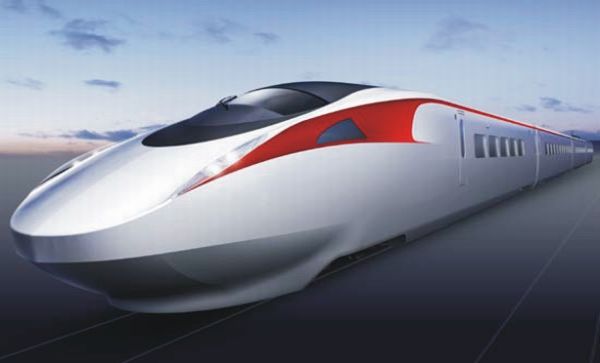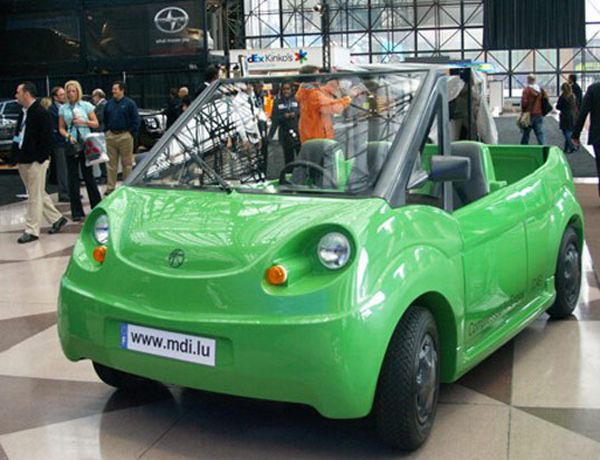
Fossil fuels are not sustainable resources. They are pollution-causing in their usage and fast dwindling in their reserves. Oil prices are soaring and going by historical trends, they will never come down. In this scenario, there is a rush to develop the use of alternative resources that are sustainable, to replace fossil fuels. Air is available on earth in great abundance. How about powering vehicles with air? This concept is not ‘hot air’ (but cold compressed air) and has powered some of the leading automobile manufacturers of the world almost into the production stage. Here we examine five such air-powered vehicles for a clean and green future.
1. Tata Air-power Car
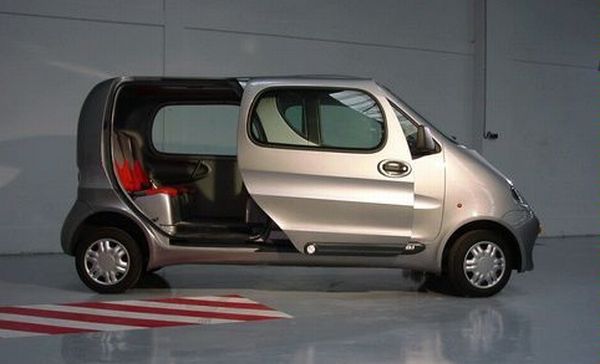
India’s largest automaker, Tata Motors, promises the first commercial compressed air car at a price less than $13,000. With a top speed of 68mph and a range above 125 miles, the CityCAT,as it has been christened now, will be any city dweller’s dream! It has been developed by an ex-Formula One engineer for Luxembourg-based Moteur Development International (MDI) and so we can be fairly confident of its handling efficiency. And the fuel comes cheap too. MDI estimates $2 as the price for fueling the car’s 340 liters tank with compressed air at 4350 psi. The free option would be to plug into the electric grid and allow the car’s compressors to refill in about 4 hours. What about safety concerns? All the air-powered vehicle tanks are designed to split rather than shatter in case of a crash. While the danger of damaged ear drums still exists, the cars are quite safe.
2. MDI OneCAT
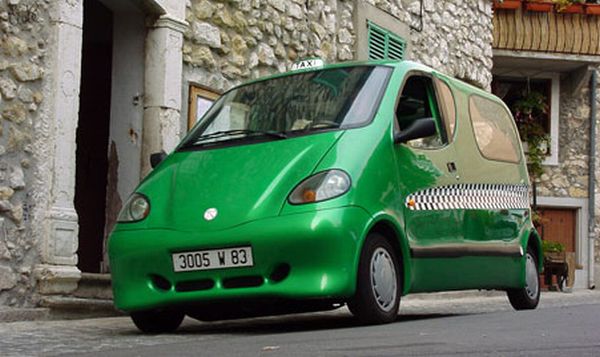
This ‘green’ car is proof enough that Tata Motors is on a roll! They plan to release the OneCAT, which has been designed by the father of the Compressed Air Vehicles – Guy Negre. The beauty of its design lies in the fact that while it uses direct compressed air when moving below 35mph, an external heating chamber expands the volume of the compressed air to increase the range of the car when it travels at higher speeds. Though it uses fossil fuels for this heating, its emissions are half of today’s greenest hybrids. With a 100 miles-per-gallon mileage, top speeds over 90mph, a range of 800 miles ( with 8 gallons of fuel in the tank), lots of luggage room within and a seating capacity of four , the OneCat is definitely the car for tomorrow.
3. Magnetic Air Car
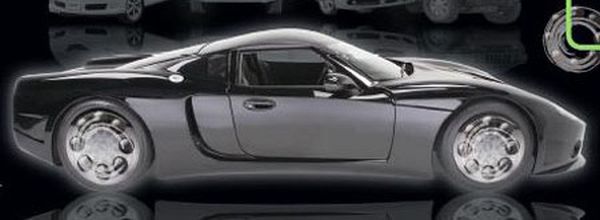
The magnetic air car, like any other product of the Silicon Valley from where it is born, promises to utilize the most advanced technologies. Resurrecting the concept which dates back to the model made by J.M.Custer in 1932, the car utilizes air bearing turbo chargers to propel it. Toyota and NASA too are part of the turbocharger revolution but, while they use it with gasoline and heat, the team at Club Auto Sport plans to do so using cold compressed air! The car which is still in the concept stage will be loaded with super-capacitors, eco friendly recyclable batteries, solar power, magnetic motors and magnetic generators to compress the ambient air. There are claims of a patent-pending air-filtration system that is fitted in the car which ensures that the exhaust air is cleaner than the input air!It is rumored to be able to ride above 100mph with a 500 mile range. Driving this car means producing clean air and the world is surely going to make a grab for it.
4. Air Pod
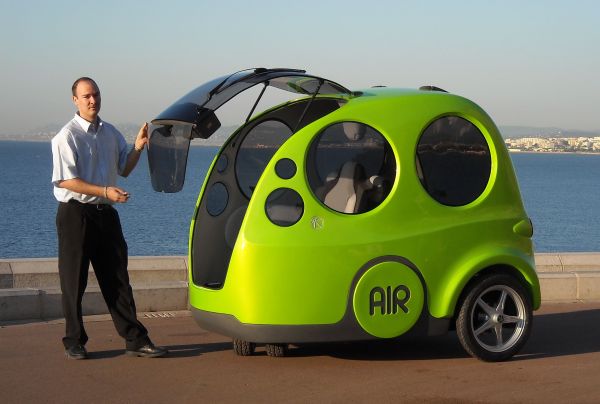
Guy Negre, CEO and founder of MDI has designed the Air Pod specially for use in congested city traffic. With a piston engine that is powered by electronically injected compressed air, the Air Pod arrives with 4-6 cylinders capable of uses from 6 to 75 bhp. It comes equipped with a 175 liter tank and a range of 137 miles. It is available as a cargo version or with three seats. Steering is via a joystick and the car reaches a maximum speed of 28mph. The compressed-air tank has a life of about 12,000 discharge cycles which translates into approximately 30 years of driving. Speaking of longevity, we must also state that there have been some fears about its road safety and about the Airpod being a death trap. Testing is on for the car at the Schiphol Airport.
5. Phev (pneumatic hybrid electric vehicle)
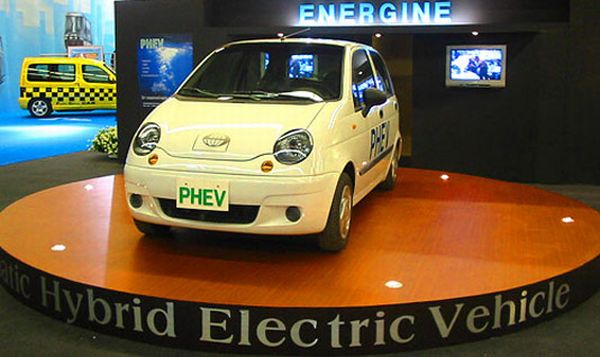
The name seems quite complicated and it should not be confused with the other ‘Phev’ which is the Plug-in Hybrid Electric Vehicle. This term here means that the vehicle is a hybrid using compressed air and electricity to power itself. An electric source ( fossil fuels, bio fuels, AC/DC electricity, solar or wind) powers an electric engine. A compressed air supply source powers a pneumatic engine. Both these engines feed into a power transmitter which can be controlled to selectively use either of the sources based on the needs. This is again at the concept-testing and patent-pending stage but it is definitely an idea worth investing in.



